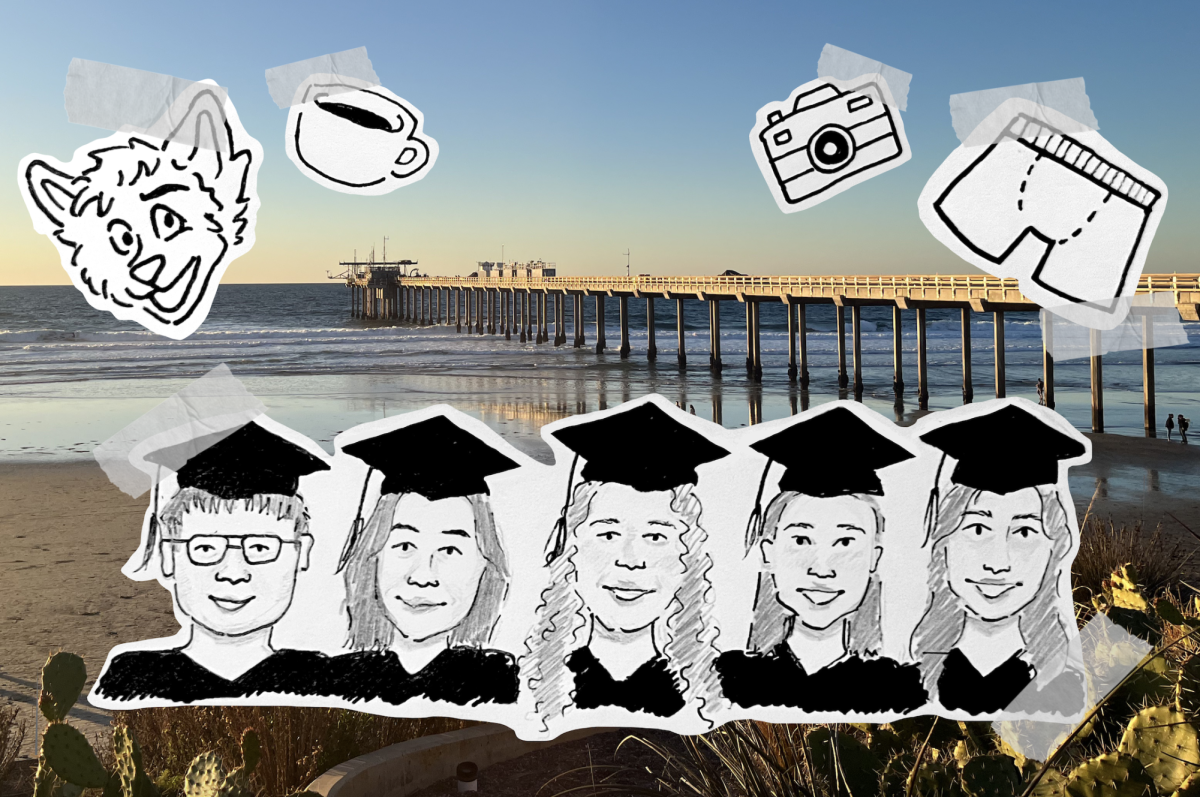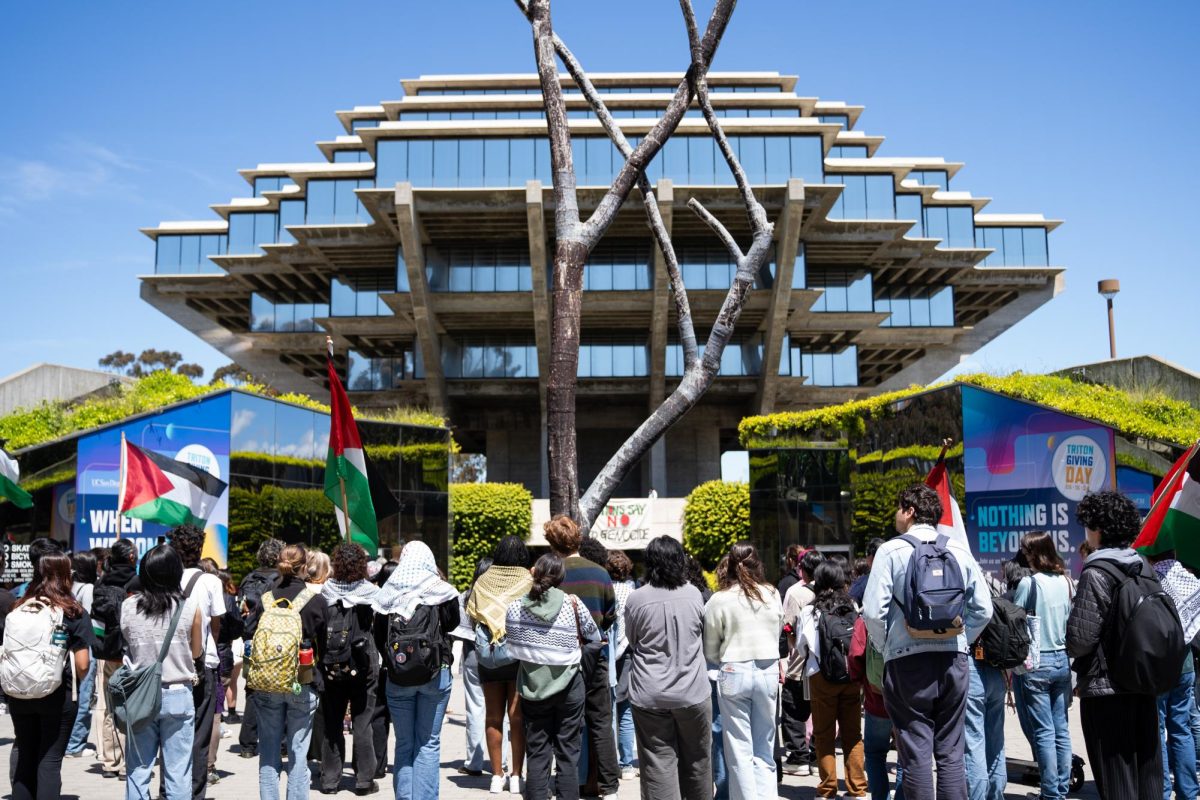The Kumeyaay Cultural Repatriation Committee filed the complaint on April 13 with the United States District Court. The lawsuit says that the University of California has refused to repatriate, or return, the 9,000-year-old remains to the Kumeyaay tribe, on whose land the bones were found.
According to the Courthouse News Service, UCSD prepared to give back the human remains in January 2012, following the guidelines of a National Park Service regulation. The return was blocked by three University of California professors who had prepared to file a temporary restraining order.
UCSD spokesperson Jeff Gattas told the Courthouse News Service that, as of April 17, the university had not seen the lawsuit and had followed the proper UC procedures to work with Kumeyaay remains.
The delay has been partly due to the ambiguity over whether the remains are, specifically, Kumeyaay remains. In 2008, a group of UCSD scholars was assigned to determine whether the bones could be affiliated with a tribe. Under the Native American Graves and Protection and Repatriation Act of 1990, if the remains are culturally affiliated with the Kumeyaay organization, they must be returned.
The working group — which consisted of two anthropologists, an ethnic studies professor and a professor from the Scripps Institution of Oceanography — determined that the skeletal remains were “culturally unidentifiable.” The 2008 report said that the remains, at approximately 9,000 years old, predate the existence of the Kumeyaay in the San Diego region.
Then, on May 14, 2010 the National Park Service finalized a regulation on how “culturally unidentifiable” Native American human remains should be treated. The new guideline states that these remains should be repatriated to the tribe whose original lands they were removed from (in this case, the Kumeyaay).
Under these provisions, the University of California had prepared to return the remains to the KCRC around Jan. 5, 2012. But proceedings stopped a day before due to the restraining order. UCSD agreed to delay the return until UCSD could review the professors’ claims.
The new lawsuit names the defendants as the University of California; the Board of Regents of the University; UC President, Mark G. Yudof; UCSD Chancellor Marye Anne Fox and UCSD Vice Chancellor for Resource and Planning Gary Matthews.
“The human remains are Native American and the land from which they were removed is the aboriginal lands of the Kumeyaay,” the KCRC said in the document. “Under the Native American Graves Protection Act (NAGPRA) and its implementing regulations, the defendants are required to repatriate the human remains in its possession to KCRC.”
Court documents state that the remains have been studied extensively since their discovery.
“KCRC has over the years criticized the treatment and disrespectful handling and study of the Native American remains, especially the lacquering of the remains to preserve them,” the document states.
UCLA professor Gail Kennedy led the original excavation in the La Jolla cliffs below the University House. At the time, the area was known for being rich in Native American burials and artifacts and has since been designated as a sanctified cemetery by California state law.
Since the discovery, the remains have been studied and stored at numerous locations throughout the country, including UCLA, the National Museum of History and the Smithsonian Institution. The remains are currently being stored at the San Diego Archaeological Center in agreement with UCSD.
The KCRC is represented by Dorothy Alther with the California Indian Legal Service of Escondido.







